Today we thought we’d take you along on a Wine Tour in Tuscany, bring Guanciale home and make the best Carbonara ever!
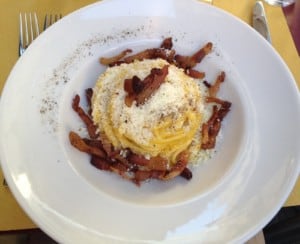 Carbonara: “Hot pasta tossed with a creamy sauce of raw beaten eggs, accentuated with crisp bits of Guanciale and finished with a shower of grated aged Pecorino Romana cheese plus freshly ground black pepper.”–La Cucina Italiana description of Carbonara. First the Carbonara, then the tour…
Carbonara: “Hot pasta tossed with a creamy sauce of raw beaten eggs, accentuated with crisp bits of Guanciale and finished with a shower of grated aged Pecorino Romana cheese plus freshly ground black pepper.”–La Cucina Italiana description of Carbonara. First the Carbonara, then the tour…
Carbonara is most associated with Rome but there’s a debate about its roots. Some connect to an 1839 Neapolitan cookbook where pasta was tossed with melted lard, beaten raw eggs, and cheese. Since its name comes from the word ‘carbonaro‘ –‘ coal burner ‘ in English–some believe it was an easy-to-make meal for men working outdoors. The American connection traces it to the Allied Liberation of Rome in 1944. Then American GIs brought their daily ration of bacon and eggs to local restaurants to add to the very limited wartime offerings. This is not far-fetched: the Roman newspaper La Stampa’s first written reference to the dish in 1950 described Carbonara as being prized by American servicemen. Today’s recipe is the real deal. And if you don’t want a side tour of Chianti, you can skip to the bottom of the page, and there it is.
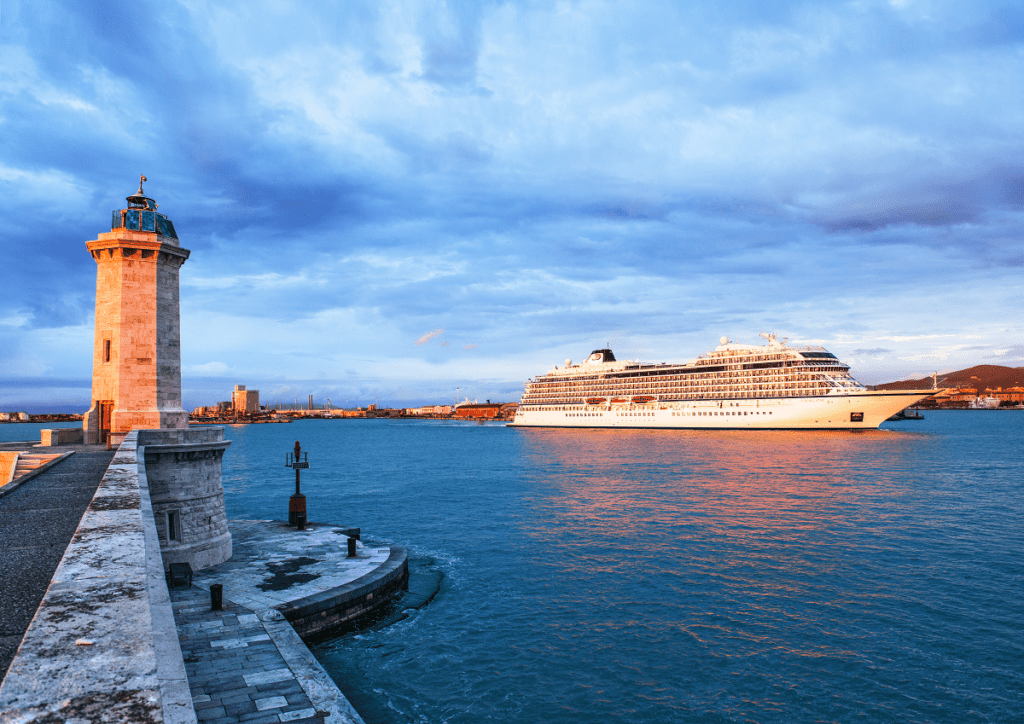
Come tour Chianti with us!
Last fall, we took Viking Cruise Line’s Iconic Mediterranean cruise, an 8-day Odyssey that took us from Rome to Barcelona. On every cruise, there’s a Shore Excursion that’s a standout. Something you’ve spent a lifetime dreaming about. Or simply found it intriguing when you booked it. Viking’s “Wine Region of Chianti” captured my interest in all things Italian. Its landscape, its history, its people– and how much I enjoy a great bottle of wine. This one had it all: A drive on a beautiful fall day. A visit to a picture-perfect Italian village. A wine-tasting at one of the region’s finest wineries and a sumptuous dinner at a 15th century Castello. I am glad I didn’t pay much attention to my ticket. It read,” A 2.5-hour drive each way, no free time, extensive walking.” When it was over, I had to wonder had anyone taken the tour before they wrote that?
It starts with a comfortable ride in a Viking Mercedes Benz tour bus.
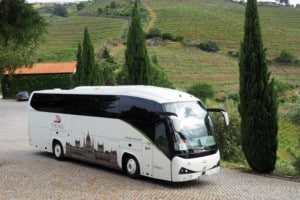
Leaving the ship right after lunch, we boarded one of Viking’s own tour buses. Special mention should be made of Viking’s outstanding tour guides. Today, an attractive and very knowledgeable young woman was ours. Viking tours bring an area alive. Today is no exception. As we make our way from Livorno, the cruise ship gateway to Tuscany and the Chianti region, Elena managed to incorporate history, geography, and wine into her talks. We brushed the outskirts of Florence and then ascended into the hills for the main event. Two and a half hours went by in no time.
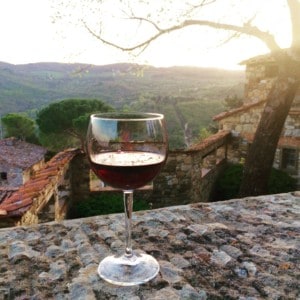 All About Chianti, the wine.
All About Chianti, the wine.
Roughly 60 miles from the sea, less than an hour from Florence, the Chianti region is very popular with wine-loving tourists. There was a time when “Chianti” was a wine encased in a straw basket. It was cheap and the bottle often ended up as a candlestick. Chianti has undergone a major transformation. This food-friendly red wine can range in price from $10 to $50 for Chianti Classico, a much more refined version of the original ‘table wine’. Chianti is named for the region it’s in and not for the grape that it is made from. It’s a red wine grape called Sangiovese and it’s indigenous to Tuscany. To be labeled Chianti, the wine must be grown here and made mostly from Sangiovese grapes. Some winemakers use Sangiovese exclusively. Others blend native grapes like Canaiolo and Colorino. Chianti has fresh, red fruit flavors with a touch of spice.
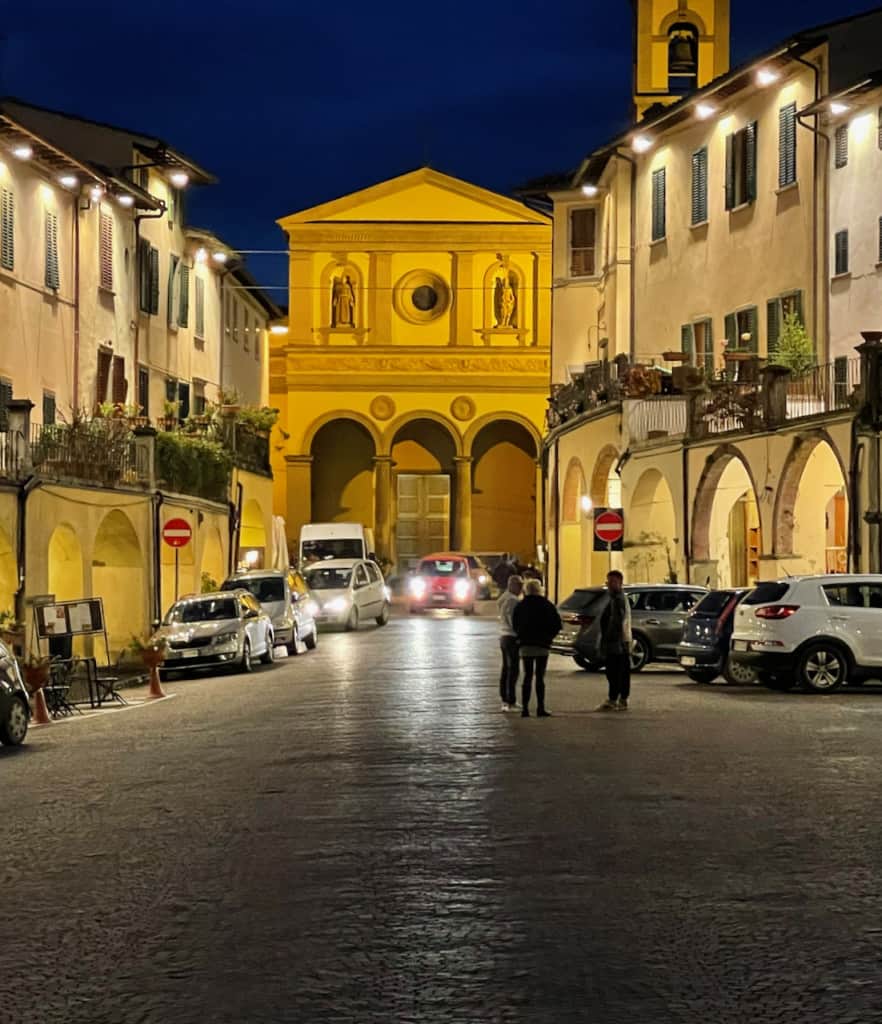
The town of Greve is named for the river that runs through it.
Greve, the center of Chianti country, has been here since the dark ages. It was the market town for the fortified villages, castles, and farmhouses that surround the valley where it’s located. Burned to the ground in 1325, it recovered to become the most important center in Chianti after the unification of Italy in 1871. To this day, it hosts Chianti’s largest wine fair every September. It is the region’s shopping center. There’s a wonderfully eclectic collection of shops on Via Roma which leads to the triangular center of town, Piazza Matteotti. “Piccolo Armonie” specializes in the arts and crafts of local artisans. But the main preoccupation of many shops here is wine and olive oil. Take “Il Vinaino di Greve”, across the street from “Picolo Armonie” at 30 Via Roma. This wine bar offers “Tagliere”, cheese boards and local salami, and wines by the glass or bottle.
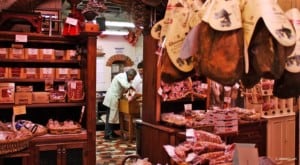
On to Piazza Matteotti, the center of Greve for over the last 500 years.
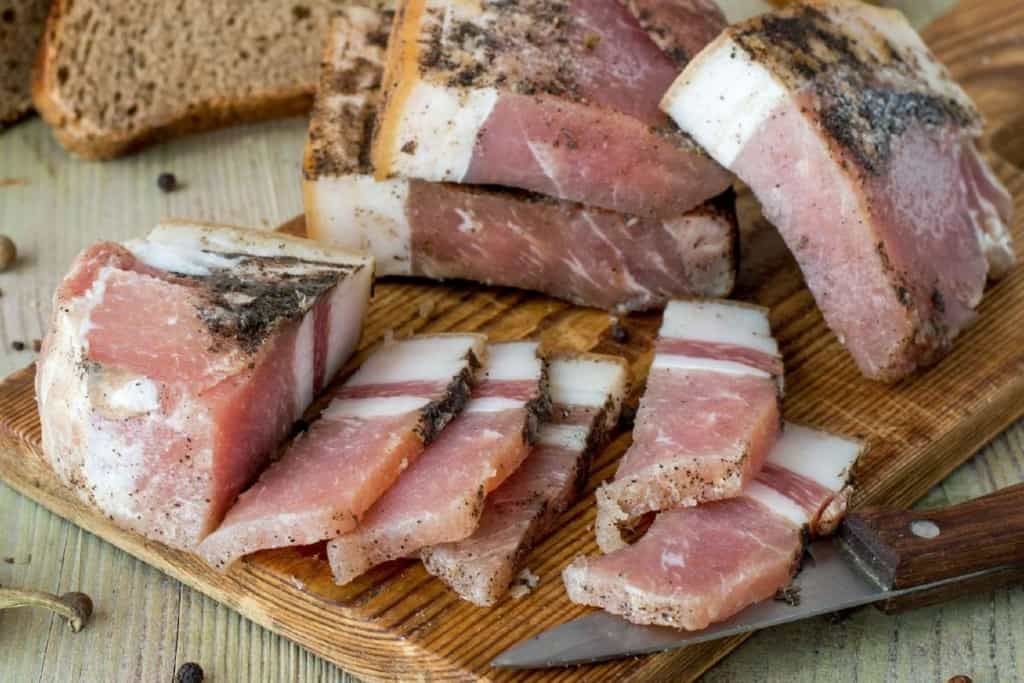
Overseen by the church of Santa Croce, the piazza is ringed by an arched loggia. Our Viking guides steered us to Macelleria Falorni. This 200-year-old Butcher shop is a self-described “vintage jewel that has preserved all its centuries-old history, almost a small museum…to the butcher’s trade.” It is extremely atmospheric with white marble counters, and antique butchers’ tools. Prosciutto hangs from its ceilings. Of special interest to me was “Guanciale” (pronounced gwan-cha-leh). This cured meat comes from a pig’s jowl. It’s an integral part of Rome’s traditional regional dishes. Guanciale’s intense aroma and flavor make it practically essential for dishes like Pasta all amatriciana, Pasta Alla Gricia, and my personal favorite, today’s recipe, Pasta Alla Carbonara. And it’s very hard to find back home. Without thinking I bought some and brought them back to the US. You can bring back wine and hard cheeses, but meat is on the no-carry list. (In a pinch you can substitute thick-cut bacon for the traditional Guanciale.)
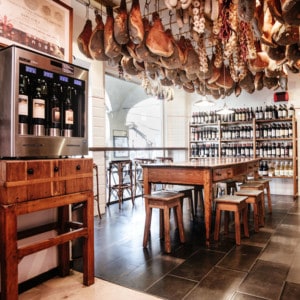
Right next door is the Falorni’s Bottega and our first Chianti Wine Tasting.
At last, we sample our first glass (or two) of the real thing. At La Bottega, the Falornis on-premises wine tasting room, we encounter the “Enomatic”. Despite an extensive explanation from our Viking guide, I confess to being a little intimidated by this wine dispenser. You buy a ‘credit card’ for any amount you choose. The Enomatic dispenses 4 varieties of Chianti ranging from a glass of perfectly good wine to a Super Tuscan. You insert your card over your chosen wine and the wine is dispensed into your glass. Chose a premium-priced vintage with not a lot of money on your card and you may only be served a splash of wine. There’s a kind of Russian roulette that made me awfully glad La Bottega also sells wines by the glass starting at about 3 Euros.
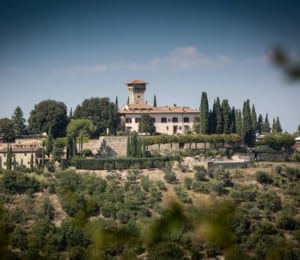
Now it’s time for the Main Event: Dinner and Wine at a 500-year-old Castello.
Leaving Greve, we head for the hills and Castello Vicchiomaggio. This is a winery of great renown which has a superb hotel and restaurant attached to it. Arriving after dark, its 11th-century tower lit the night sky. An important fortress in the Middle Ages, it’s now a 346-acre wine estate. 82 acres are vineyards and another 25 produce olive oil. The essential Sangiovese grape predominates. We are ushered into the Vicchiomaggio’s cellars where their winemaking is explained. Grapes, harvested by hand, are pressed, then transferred to stainless steel tanks for 12 to 15 days of fermentation. The juice is filtered to remove the grape skins. It spends its last 8 to 24 months in French oak barrels. Terra cotta amphoras, local to the area, are also used to ferment some of Castello Vicchiomaggio 9 wines. Not one scores under 90.
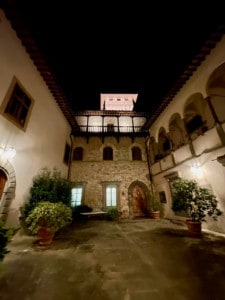
Castello Vicchiomaggio’s grounds are magic and its Banquet Hall is majestic.
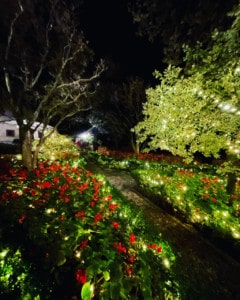
Once the cellar tour ends, we walk through the “Italian Garden” completely lit by tiny Christmas lights that seem to cover every inch of the garden at night. We arrive in a magnificent courtyard and we are ushered into a beautiful Renaissance hall with vaulted ceilings. There, tables for 8 accommodate us all. This was a great opportunity to meet fellow Viking passengers. Traveling alone, I was delighted to find myself at a table with a couple from Florida and one from Ohio. As luck would have it, we found a lot of common ground, not the least of which was a shared passion for wine and food. We remained friends the whole cruise.
 While Chianti is well-suited to any number of foods, it really is perfect for rich roasts and charcuterie
While Chianti is well-suited to any number of foods, it really is perfect for rich roasts and charcuterie
That exactly what we were served. Dinner started with a very traditional Tuscan ‘tagliere’ of salami, crostini, and chicken liver pate. From then it moved on to Peposo della tradizione. This is a famous Florentine dish in which beef is slowly cooked and marinated in Tuscan herbs and seasonal vegetables. It has a fascinating history which you can read all about at https://chewingthefat.us.com/2015/01/peposo-tuscan-beef-stew.html along with its recipe, which involves a great deal of Chianti. The wine flowed from the moment we sat down. So voracious was our thirst that I ordered another bottle for the table at a surprisingly reasonable price.
All Great Shore Excursions Must Come to an End…
And so it was with our Wine Region of Chianti. We boarded our coach and were back at the ship in far less time than it seemed to take to get there. Here is the recipe for Carbonara that I promised you earlier.
Hot pasta tossed with a creamy sauce of raw beaten eggs, crisp Guanciale, a shower of Pecorino and Parmigiano plus freshly ground black pepper, this is truly a Roman Classic. Spaghetti Alla Carbonara

Ingredients
Directions
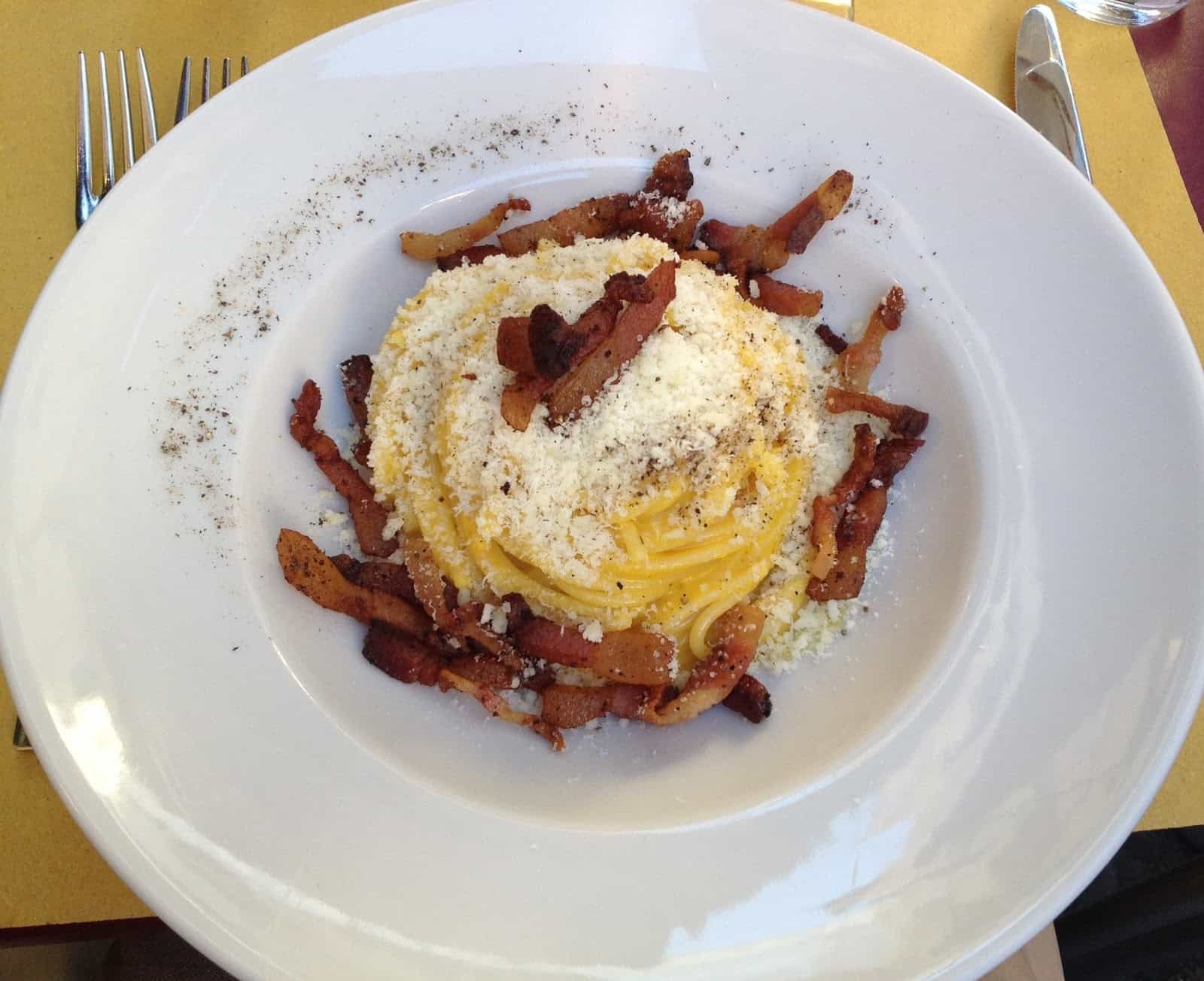
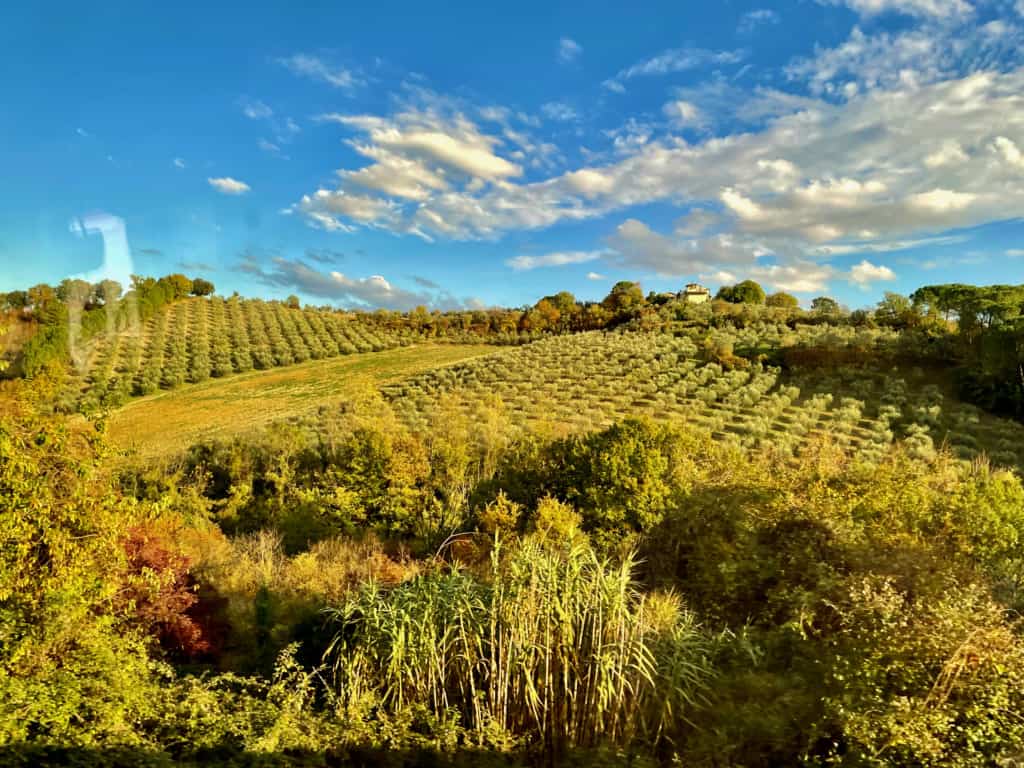
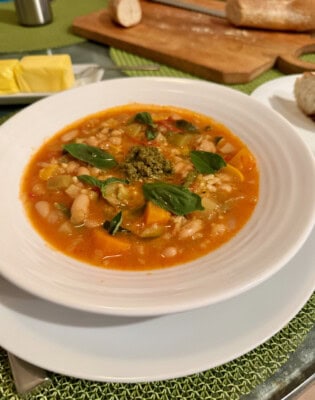

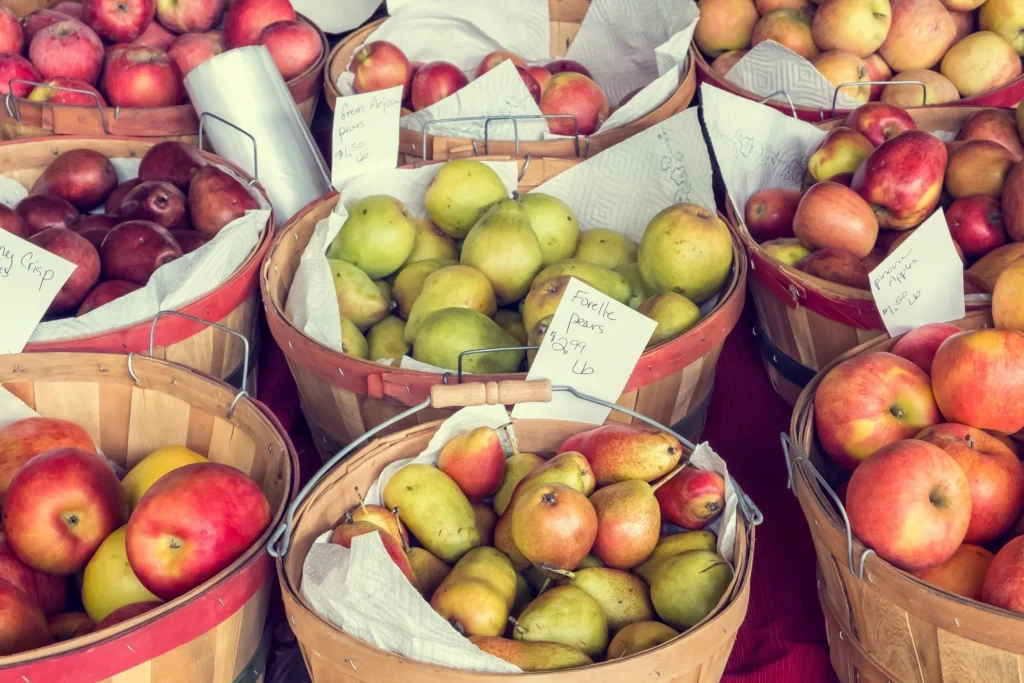
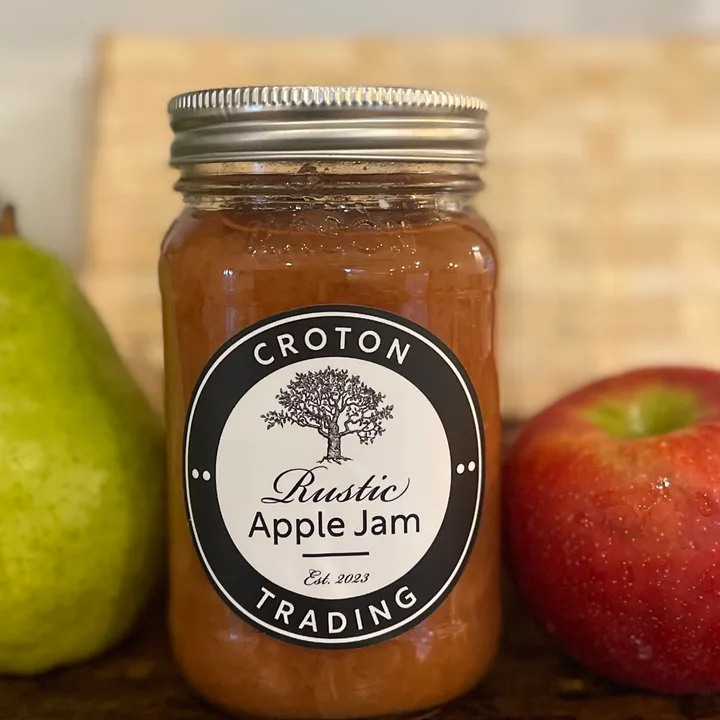
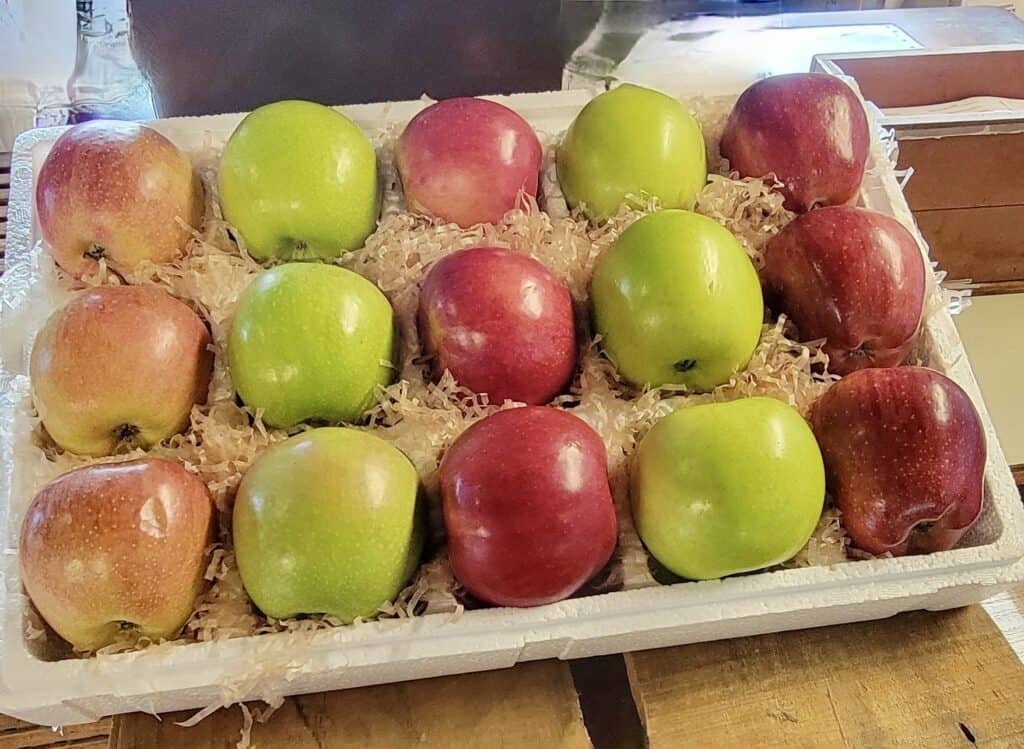
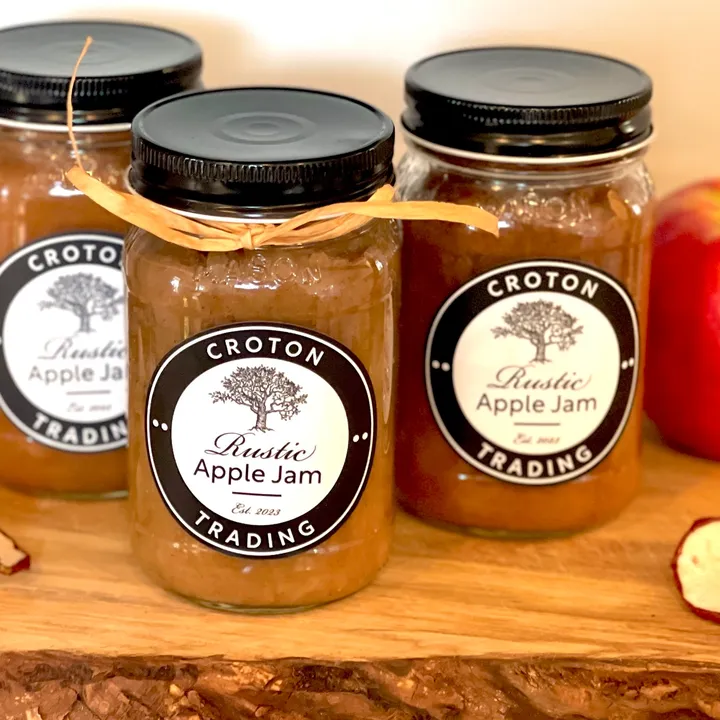
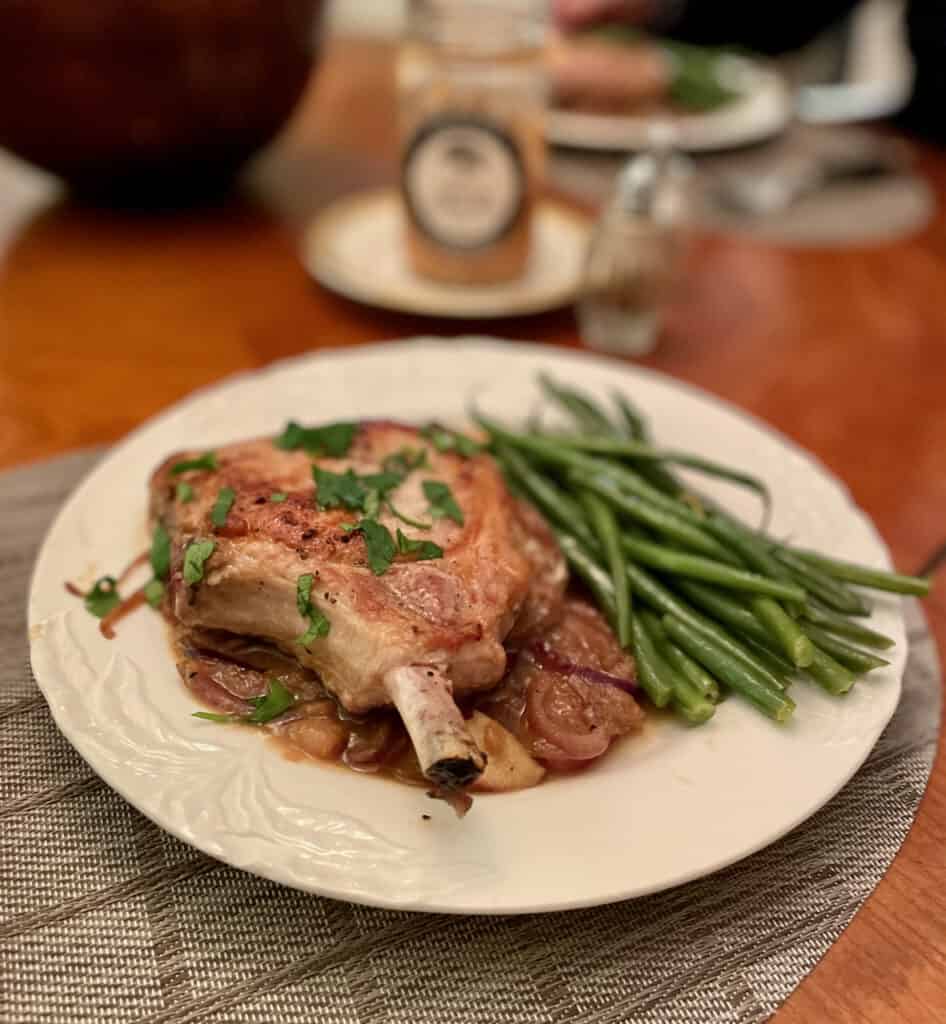
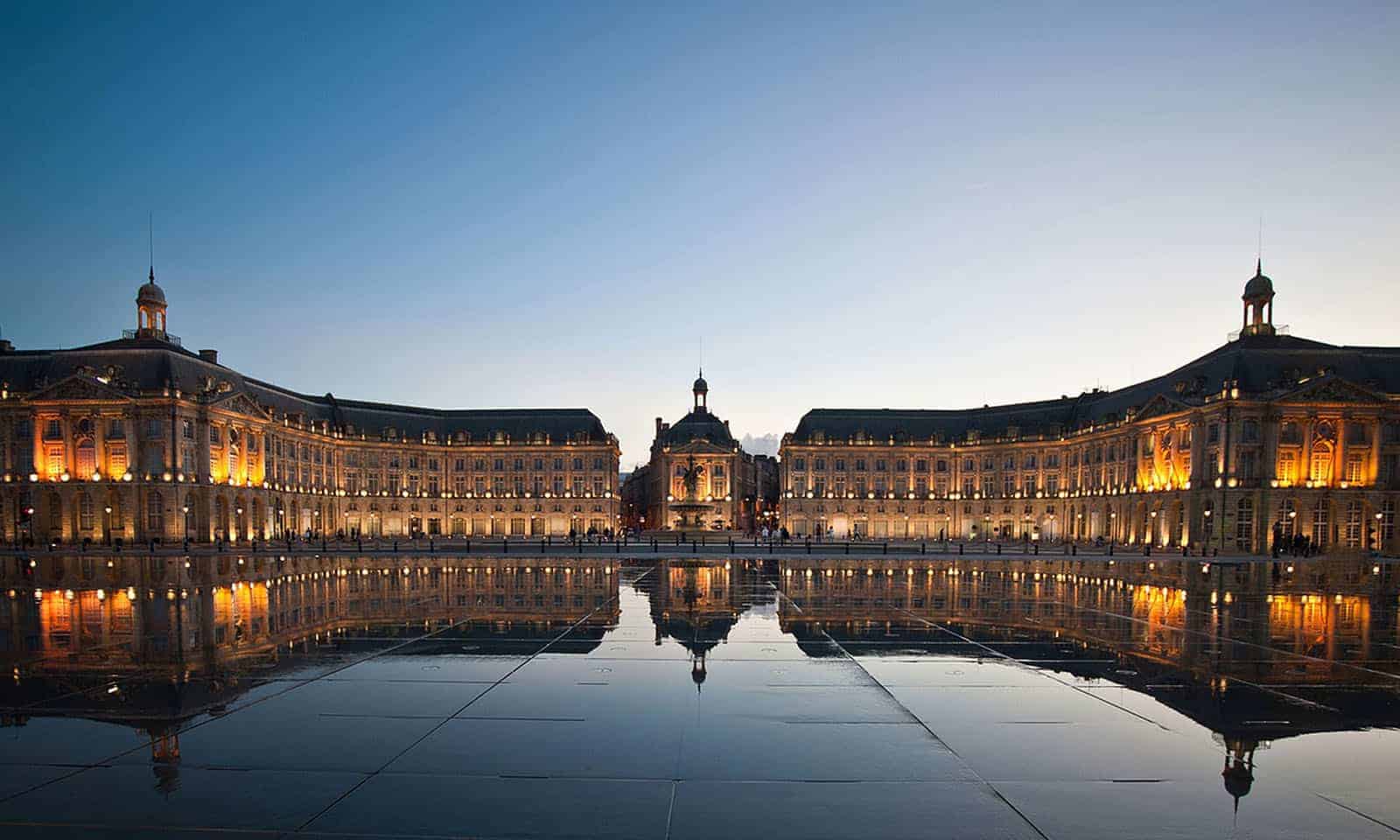





While the scenery and food on this Chianti excursion were delightful , Monte was definitely the highlight!
Dear Mike, You two were the highlight of that trip. I hope our paths will cross again. All best to you both! Monte